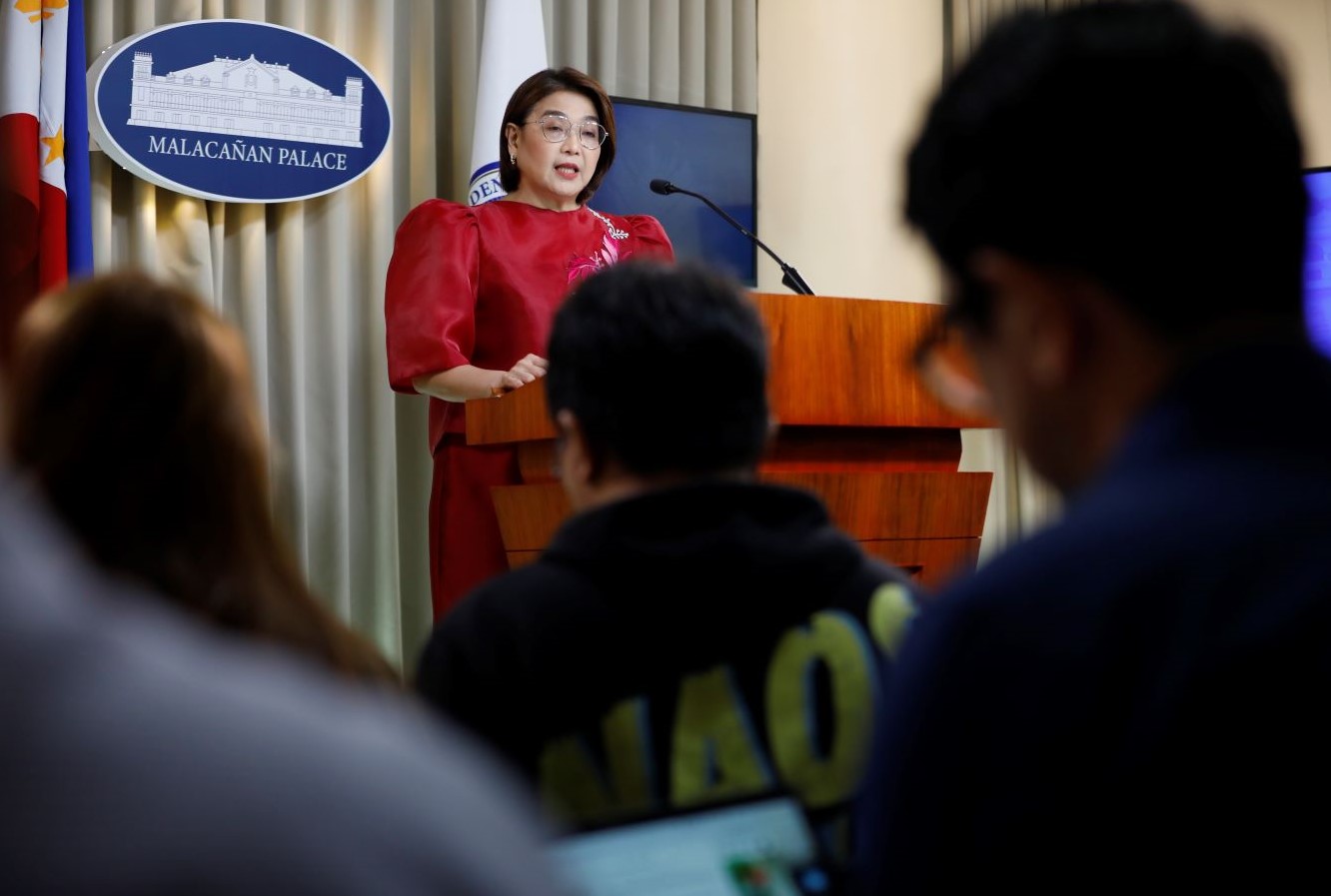
Malacañang said that government borrowings under the administration of President Ferdinand R. Marcos Jr. funded major projects in infrastructure, education, agriculture, health, and social services, which are essential for economic growth.
Presidential Communications Office Undersecretary and Palace Press Officer Claire Castro said these “growth-enhancing investments,” funded by the PhP4 trillion government borrowings under the Marcos administration, can be verified.
“Ito po ay ginamit sa mga growth enhancing investments tulad ng infrastructure, education, agriculture, health at social services,” Castro said in a press briefing.
“Makikita po natin kung ano ang mga itinulong ng Pangulo at ng pamahalaan sa mga farmers natin, sa mga mangingisda po natin; pati po itong pagpapataas din po ng mga ayuda at tulong sa ating mga kababayan – makikita ninyo po iyan,” she added.
Quoting the Department of Finance (DOF), Castro said the current 62 percent debt-to-gross domestic product (GDP) ratio remains sustainable as the international threshold for the debt-to-GDP ratio is 70 percent.
The debt-to-GDP ratio compares a country’s public debt to its gross domestic product, indicating the nation’s ability to repay its debts.
“Nasa sustainable level po tayo dahil po 70 percent po ang international threshold for the debt-to-GDP ratio… Nandoon pa rin po tayo sa range, it’s supposed to be below 70 percent,” Castro said.
According to the Bureau of the Treasury (BTr), the national government’s outstanding debt reached PhP16.92 trillion as of last May, up from PhP16.75 trillion at the end of April.
The BTr said the debt increase was still considered minimal and remained at a manageable level.
According to the DOF, the Marcos administration inherited a massive PhP12.79-trillion debt when it took office in 2022.
The previous administration has added PhP6.84 trillion in debt due to the pandemic, surpassing the combined borrowings of all previous administrations since the term of former President Ferdinand E. Marcos. | PND

